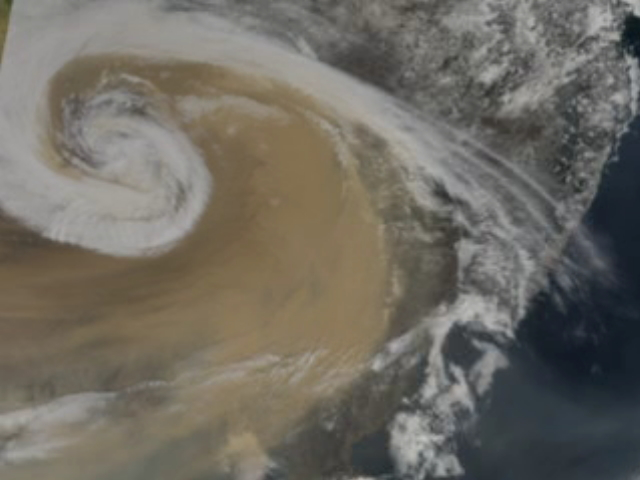By: Megha Prakash
Send to a friend
The details you provide on this page will not be used to send unsolicited email, and will not be sold to a 3rd party. See privacy policy.
[BANGALORE] Scientists say that computer-aided simulations of seasonal dust emissions and transport using regional climate models (RegCM) can help overcome the lack of ground-based data on aerosols rising over the Indian sub-continent.
Aerosols are colloids of fine particles suspended in the air that come from natural sources or man-made activity and are known to impact the climate and human health.
Most studies on aerosols in India are based on measurements that estimate aerosol 'radiative forcing' (difference of radiant energy received by the earth and energy radiated back to space), but little is known about its impacts on regional climate, atmospheric circulation, temperature and other phenomena.
In a study scheduled to appear in the December 2013 issue of Atmospheric Research, researchers from the Indian Institute of Technology (IIT), New Delhi, indicate the use of RegCM to assess dust transport over the sub-continent — a challenging task given the uncertain emission factors and changes in aerosol characteristics caused by atmospheric processes.
According to the researchers, aerosols over India are produced by both natural and man-made sources. Dust transported to the Indo-Gangetic Basin during summer from the Great Indian Desert, Central Asia and Western Asia mixes with man-made sources, influencing regional air quality and climate.
Air is polluted by all dust, but if the natural sources are quantified, estimates of man-made sources of dust and their effects can be made, Sagnik Dey, associate professor at the Centre for Atmospheric Sciences at IIT and co-author of the study, tells SciDev.Net.
The researchers simulated dust transport and validated it against ground-based observations and data from AERONET, a global network of sun photometers maintained by NASA to measure aerosol properties.
Their findings suggested that from March to September dust contribution to total aerosol load is significant and dominated by fine particles (of diameter smaller that 2.5 micron) that are known to impact human health.
Simulations of fossil fuel and biomass burning that are implicated in climate change showed that the existing emission inventories of man-made sources of dust in India may have major errors.
"The model treatment of dust transport is reliable, but unless emission inventories improve, any estimation for man-made sources will have large uncertainties," says Dey.
According to Dey, climate models are presently the only tools available to study the aerosol burden and its impact on climate and health.
S.K. Satheesh, professor at the Centre for Atmospheric and Oceanic Studies, Indian Institute of Science, Bangalore, tells SciDev.Net that it is difficult to build a realistic emission inventory as it depends on such variable factors as wind speed.
Link to article in Atmospheric Research














